
PulseRam® – Auto Self Cleaning Vacuum Designed for Tile Removal
The patented PulseRam® is the only automatic self-cleaning vacuum system specifically designed for dust-free tile and floor removal projects. Other vacuums that do not clean by themselves can quickly have HEPA filters that become so saturated with dust and debris that they become ineffective. Vacuums designed for concrete grinding are not the same as vacuums for tile removal. A current list of contractors that are in good standing with DustRam® and who use these vacuums is available at the map link for your own knowing. Remember, having HEPA filters on a vacuum is one aspect, having HEPA filters that will auto-clean every five seconds, is completely different and that is what we offer.
Technically difficult dustless tile removal is possible using the right crew, the right techniques, and of course, the correct type of set it and forget it vacuum, which contains high-performance parts, including the solenoids and filters, and have high durability for the motor and exterior housing. As you might imagine, not all vacuums auto clean the filters or feature designs explicitly made for the rigors of the tile removal process, in fact, most vacuums that are used out on job sites are really for light concrete grinding, not heavy duty work such as flagstone removal. Try to find a vacuum where the manufacturer states that it is designed for removing tile, we haven’t found one except for ours. With our 24 times patented tools and equipment, DustRam® is truly ahead of the competition.
Dustless Tile Removal Products

Tile Removal Vacuum Captures the Dust at the Source
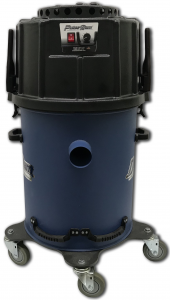
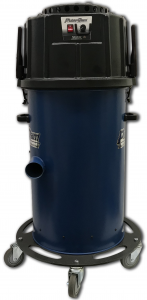
As you might imagine, not all vacuums auto clean the filters or feature designs explicitly made for the rigors of the tile removal process, in fact, most vacuums that are used out on job sites are really for light concrete grinding, not heavy-duty work such as flagstone removal. Try to find a vacuum where the manufacturer states that it is designed for removing tile, we haven’t found one except for ours. The basic shop vacuum used by do-it-yourself homeowners or flooring installers might seem to be the best option, although not the most practical.
Upon approaching the complex job of removing the tile and other floor debris from a business or home during a remodel or renovation, the challenge to capture all the dust would be even greater. Just because a basic shop vacuum has “suction” does not mean it can move enough air to capture dust molecules properly as the minute’s progress. On the other hand, the PulseRam® vacuum from DustRam® LLC has been designed to maximize airflow every step of the way and to produce stronger “pulses” to clean the filters using a patented 3D printed air recapturing adapter. Learn more about our patents and trademarks.
The Evolution of DustRam®
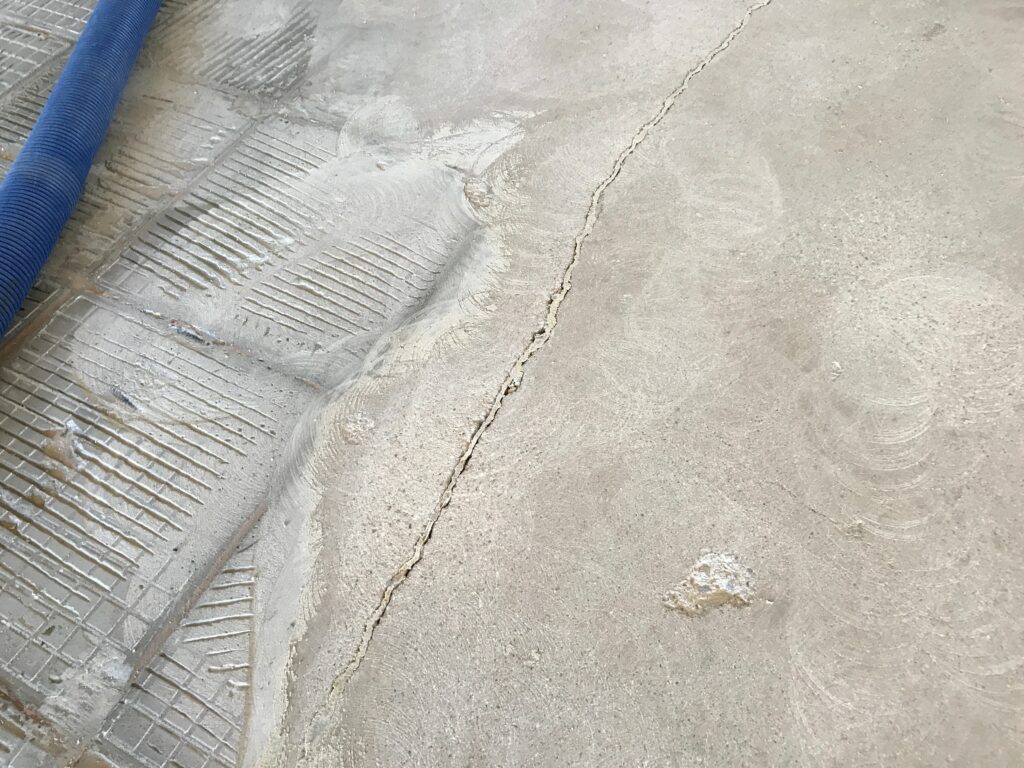


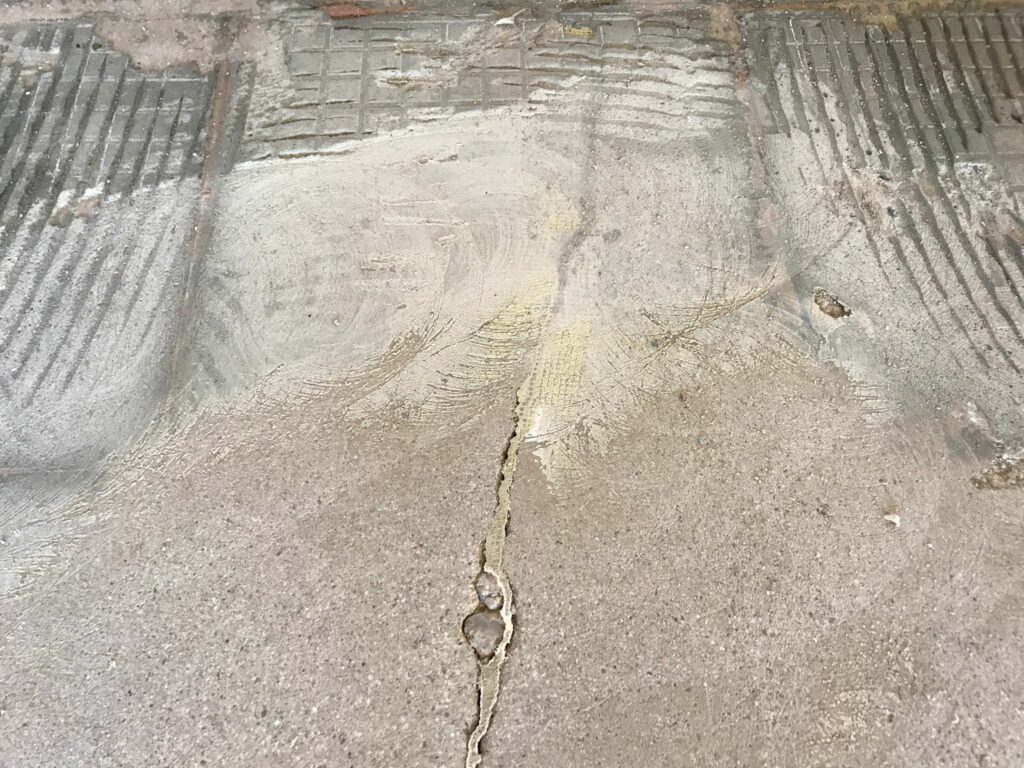
Not All Floor Removal Vacuums Auto Clean the Filters
A crew should be focused on removing the tile, hardwood, stone, or the grinding of the floors, not on having to continuously check to make sure the HEPA filters are cleaned as this should be done automatically. The PulseRam® by DustRam® is the solution. Below are components that makeup the vacuum.
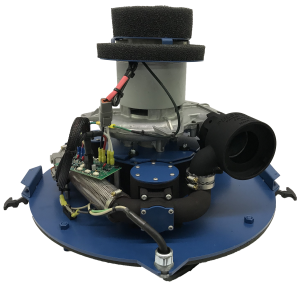
VACUUM MOTOR AND HOUSING
Typically, the electric vacuum motor will be a major determining factor of the overall CFM (cubic feet/minute) of airflow, and its maximum performance is usually based primarily on the smallest diameter of the tank inlet or vacuum hose used for the application. A motor designed to produce 311 CFM with a 3” opening will not produce 311 CFM with a 2” opening, as one of the competitors claim for their unit. It is a simple law of physics that reduced airflow is the result when decreasing the diameter of the tank inlet, or vacuum hose. Their claim of 311 CFM is only possible if the diameter of the vacuum hose AND the tank inlet stay at 3”. Since some of their vacuum tanks have a 2” opening, the airflow is closer to 245 CFM for those situations.
The housing of the vacuum itself is an important consideration before purchase. If the interior is not protected properly, it can degrade the sensitive vacuum components by allowing coarse debris and dust particulates to enter, leading to costly downtime. A contractor needs a vacuum with solid construction and proper seals to achieve dustless removal as well as helping to deaden the sound as much as is possible. A flimsy construction is detrimental to the overall efficiency of the vacuum. These vacuums are used on job sites for extended periods, in all types of weather. Reliability is a must. While the strength of the motor and the vacuum are important, a complementary filter, solenoids, and valves are necessary to achieve peak performance at the job site.
Compare the 0.1140-inch pleats on our filters compared to the other ones available which are only 0.0670 inches, ours are over 70% larger.
VACUUM FILTERS
The diameter and length of the vacuum hose will affect the performance, as will the quantity and quality of the filters, including the square footage of HEPA material used to build the filters. A vacuum with only one filter (no matter how large) will not handle the airflow or pulse off dust particles the same as one with multiple filters. The filter should strongly adhere to the base; if it separates from the base, the whole vacuum must be taken apart to clean the dust and contamination. The competitor’s filters have been found to pull apart from their bases. This issue takes hours away from work being performed on the job site to disassemble, clean, and put the vacuum back together, let alone the addition of cleaning the workspace, if needed.
Pleats on the filter should have an increased depth to have a greater surface area by which to filter the dust as it enters the vacuum chamber. This configuration allows for the proper dispelling of coarse debris from the filters during each cycle. A greater quantity of pleats may seem the best idea, but in practice, narrow pleats can cause dust and debris to over-clog the filter due to the smaller area. The tile removing or floor removing process generates coarse debris during tile, thin-set, and stone removal, so the filter design must allow for a higher volume of dust removal without causing the loss of the important CFM. Compare the 0.1140-inch pleats on our filters compared to the other ones available which are only 0.0670 inches, ours are over 70% larger.
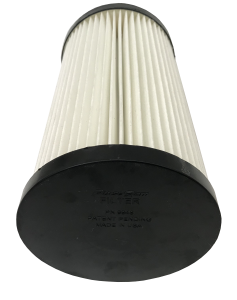
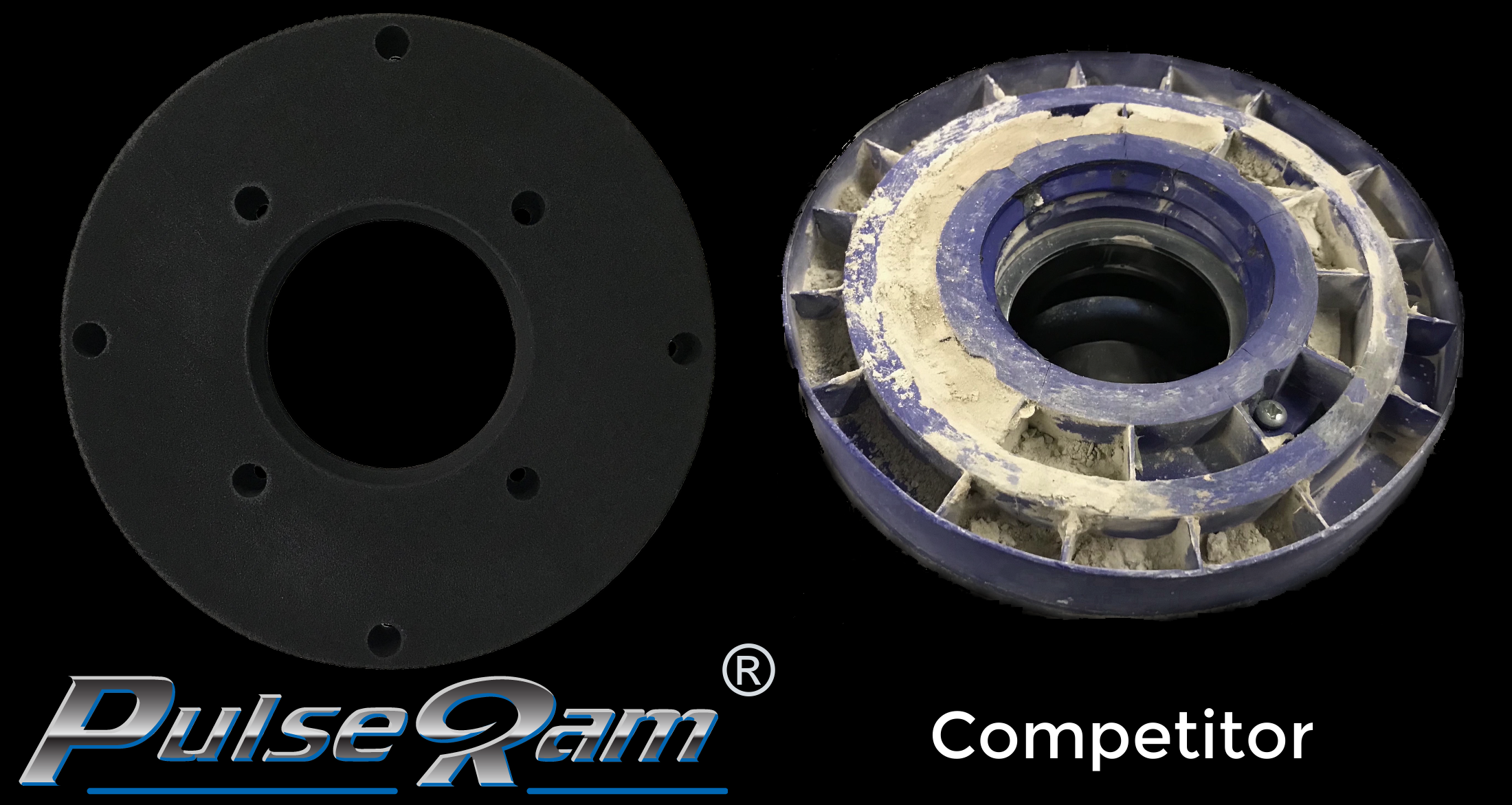
FILTER PLATES
Another area that often requires maintenance in competitors’ filters is the filter plates themselves. One must be sure to check their brand of vacuums to ensure they have not cracked or chipped as it allows contamination of the whole vacuum and again necessitates taking the vacuum apart to clean.
DustRam® LLC also manufactures 3D printed filter plates to retrofit certain competitors’ vacuums such as the *CDCLaure® *Pulse-Bac® 1000 Series / Pro Series, and utilize o-rings for a perfect seal.
Cracks are now an impossibility, and this increases the safety for the operator and any in the vicinity as it protects against the release of toxic silica dust into the surroundings. For more information about our 3-D printed filter plates, please visit our website.
TILE REMOVAL VACUUM SOLENOID
A crisp shock of air provided by the vacuum solenoid is necessary to clean the filters of the vacuum, whether there is one, two, or three. A PROPERLY timed pulse from the machinery allows for suitable cleaning especially during difficult, extended projects of thinset removal. When comparing vacuums, there should be a straight visual alignment of the solenoids so there will not be a sluggish pulse or wiggling that causes the vacuum to lose additional power for the filters. The valve housing should not bounce at any point in the vacuum’s operation.
All connectors of the framework should have tight seals to prevent contamination of the interior components by dust or minuscule debris to avoid causing unnecessary friction, and again time spent tearing down, cleaning, and rebuilding the vacuum. Even with the best care and design, one must be prepared to apply appropriate maintenance for every aspect of the vacuum and its parts. The configuration of the solenoids should allow for an easy replacement of the parts and not contain cheap elements, such as the wire harnesses.
These connectors should not show any sign of overheating or being burnt. If upkeep is difficult or costly in time or parts, the business downtime will overshadow any possible “savings” by attempting to operate with sub-par machinery. Solenoid bolts and pins are available to enhance performance. Broken bolts or pins cause the filter to clog and promptly cut down the CFM. With the use of an upgraded solenoid bolt and pin, one will not need to worry about having to dismantle and repair a clogged vacuum in the middle of a project.
And, importantly, the contractor will stay in compliance with OSHA (Occupational Safety and Health Administration) regulations regarding the collection of contaminants in the workplace.
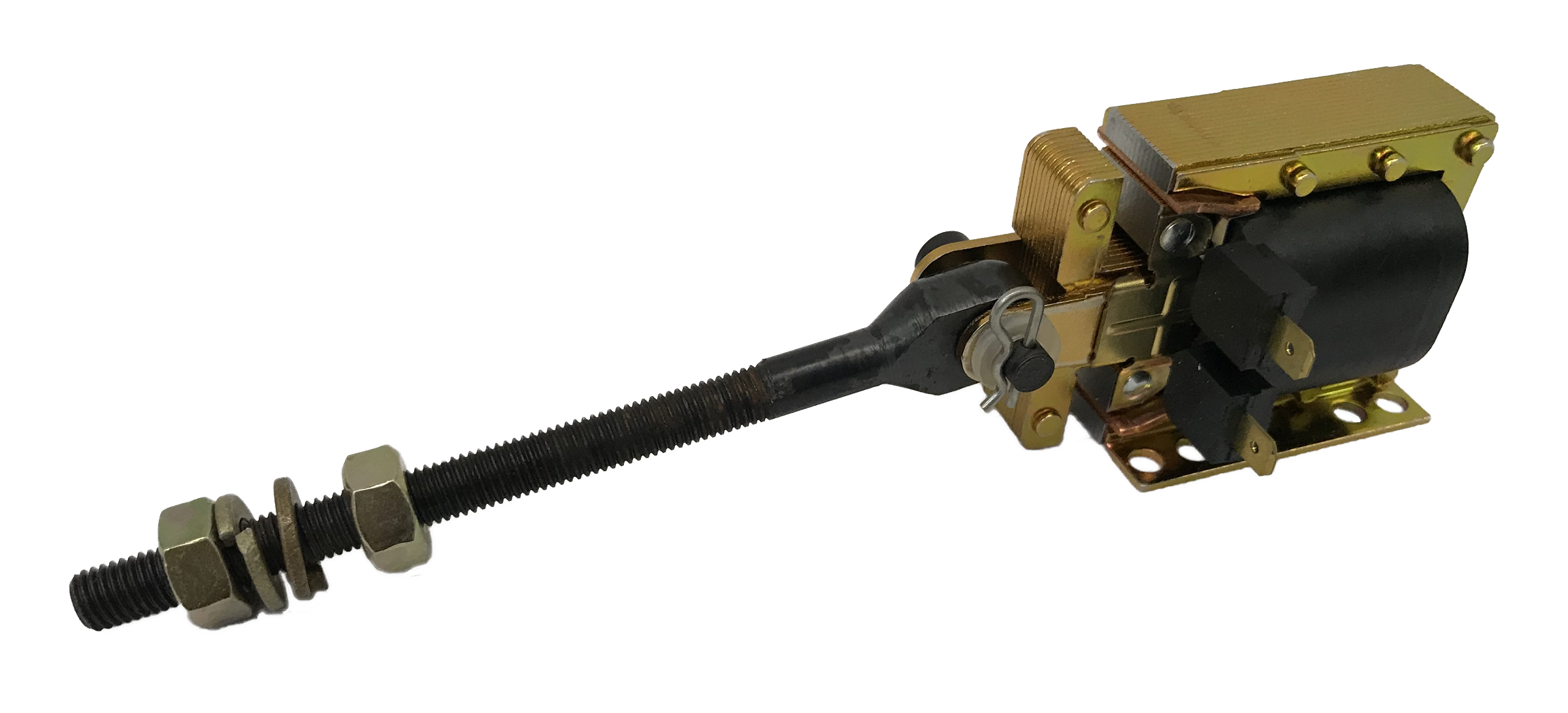
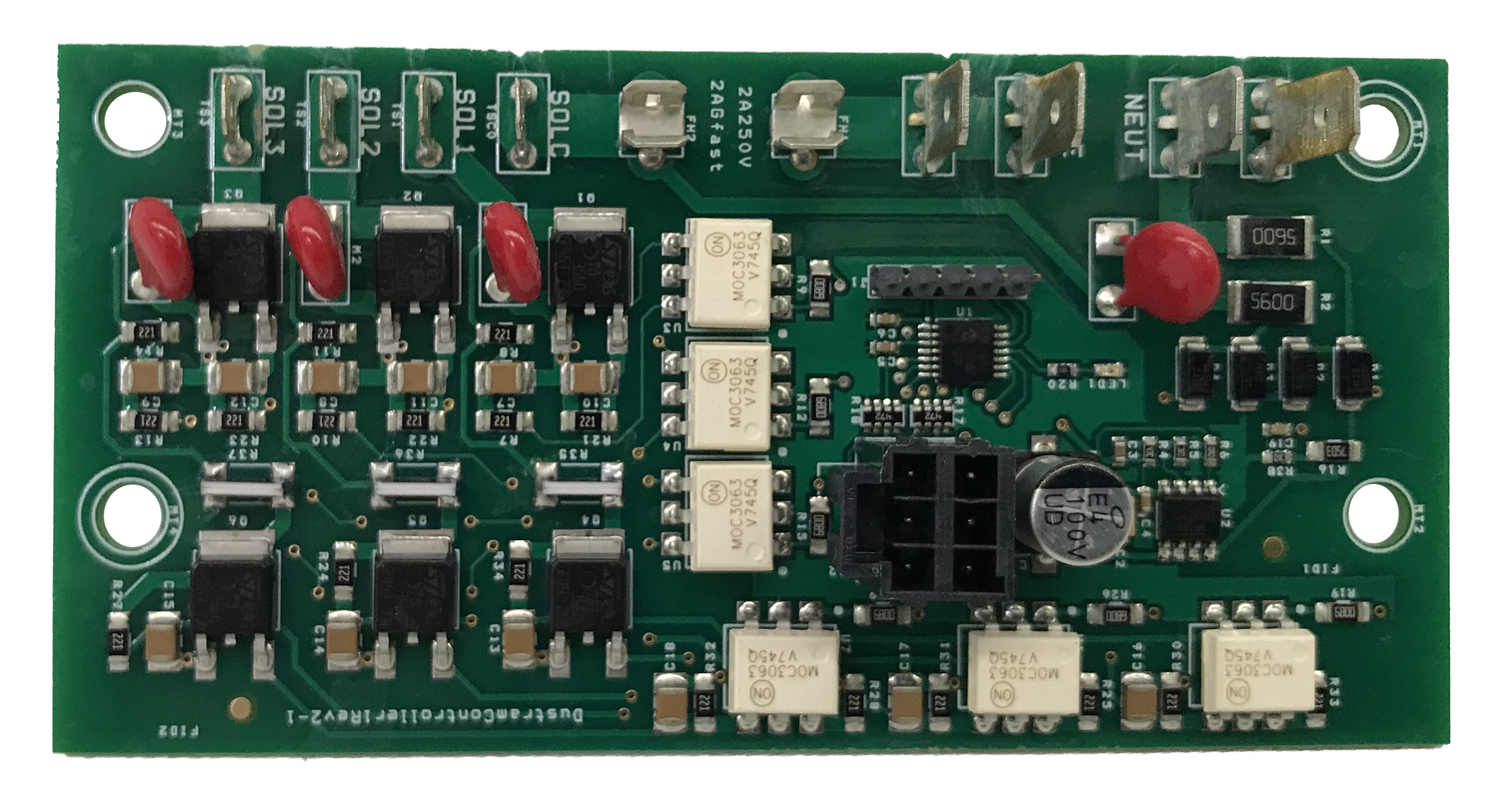
Circuit Boards
A vacuum is only as strong as all its parts. It must be equipped for extended use, in humidity or extreme weather conditions, while rapidly pulsing as necessary to keep all the filters clean and running efficiently. The circuit board is responsible for the regulation of these actions in a vacuum that will clean its filters every five seconds. One would do best to choose a circuit board that has the software and components to keep the filter system working at its optimum.
DustRam® LLC has designed a system of equipment and processes which provide dust-free tile and flooring removal. There are many premium parts available for purchase for the PulseRam® vacuum or as upgraded after-market parts for other types of vacuums. The PulseRam® vacuum is comprised of exceptional elements created by Jack King, an experienced, long-time flooring installation and demolition professional and proven/honed on actual job sites. For more information about our custom circuit board, please visit the website.
PULSERAM® VACUUM HEAD
The PulseRam® Vacuum Head has these design features:
- Over-sized valves and air passageways allow the airflow to travel smoothly with less restriction or friction.
- Circuit boards are specifically designed to correctly pulse at the right intervals when dealing with high volumes of dust and debris. Circuit boards not timed properly will quickly lose CFM under adverse conditions.
- Valves made from billet aluminum wick away heat and will never “melt” or wear out.
- Longer solenoid travel to increase the amount of air available to “pulse” dust from the filters.
- Over-sized solenoid connecting pins that are “break-proof” making solenoid repairs quick and easy.
- All solenoid housing parts/manifolds use O-rings on all surfaces for a perfect seal, eliminating the use of silicone caulking.
- Professional automotive-grade Deutsch 12-gauge wire harnesses designed to last a lifetime, unlike the ineffective and weak Molex connectors used by the competition.
- Venturi-type features in the intake/exhaust airflow ports to create a smoother transition of air direction changes and reduce turbulence.
- Unbreakable filter connection locations provide complete sealing surfaces so that no dust enters the internal workings of the vacuum.
- The ability to incorporate the HepaRam®as an additional HEPA filter to scrub the exhaust when working in hospitals, nursing homes, clean rooms, laboratories, and other areas requiring super clean air.
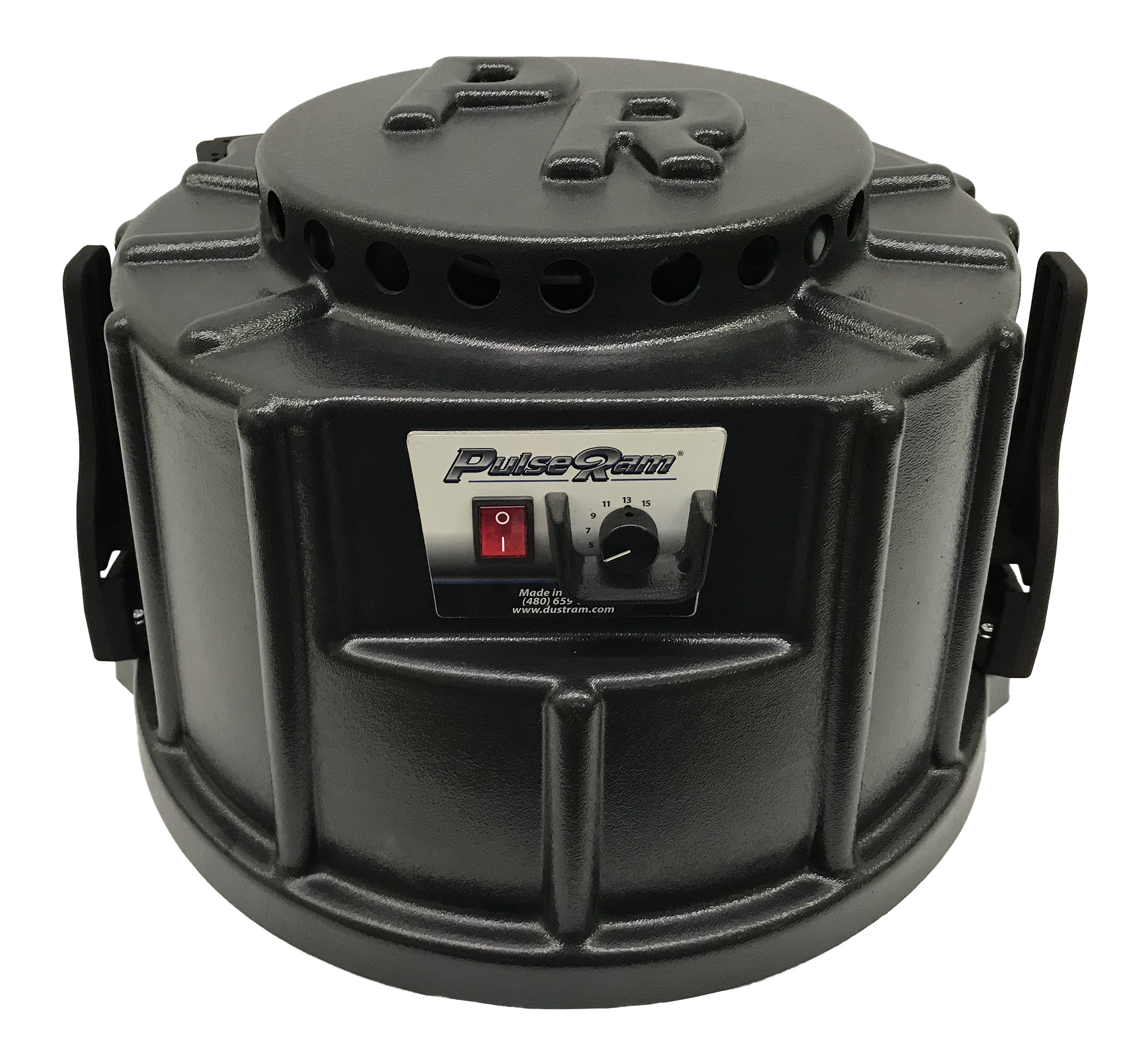
Watch Videos of Our Past Projects
The PulseRam® Tank Has the Following Design Features:
- A 3” inlet port to allow the use of 3” x 25’ vacuum hose(s), allowing the operator to extend the reach before reducing back to a 2” hose. The PulseRam® head is so powerful and efficient that three lengths of 3”x 25’ hoses and one length of 2”x 25’ hose can be used to reach a total of 100’ without a significant reduction in airflow. The ability to reach further typically allows the operator to keep the vacuums outside or in other areas to maximize production speed and reduce heat build-up inside a room or building.
- The inlet port is offset to provide a centrifuge effect to spin heavier debris out of the airflow.
- The internal metal debris impact plate is also replaceable and protects the inside wall of the tank from coarse circulating debris.
- The tank is 14 gauge sheet metal and constructed with a spun bottom, rolled upper lip, and is simply the sturdiest tank found on the market.
- The 29.5” tall tank can hold approximately 200 pounds of dust and debris, and the 21.5” tall tank can hold about 125 pounds, before emptying. Compare this to a “**Longopac® bagging system” that requires the operator to closely monitor the amount of dust accumulating in the upper chamber. Before emptying the upper chamber of a Longopac® bagging system, the operator must first purge the filter repeatedly to get things ready to pull the dumping lever. Then the operator must go through several steps to transfer the dust into the plastic bag, tie it off, and get the next bag ready for dust.
- A typical Longopac® bagging system would require about 10 “dumping” events to equal just one event required for the 29.5” PulseRam® In other words, to dump 200 pounds of dust using a bagging system would cost about $12.50 for the approximately 30 linear feet of Longopac® needed + about 1 hour of labor (approximately 10-12 five minute events = 1 hour @ about 20 pounds per bag = 200 pounds), compared to about 2 minutes using a PulseRam® tank and only one 3’ x 5’ 6mil bag costing about $2.60 for the single bag. Please note a 3’ x 5’ 6mil bag will hold about 300 pounds of dust and debris!
- The footprint of the PulseRam®Dolly is approximately 26” in diameter (or less in some cases), meaning several vacuums transport easily in a truck or trailer. The more vacuums one can haul, the more productive the team can be on larger projects. Compare this to Longopac® vacuums and some cyclonic separators that require a much larger footprint.
- Because the footprint is narrower than vacuums with a Longopac® system, they can easily fit through the narrowest of doorways.
For any vacuum being used in a rough environment for extended hours at a time, proper ongoing maintenance is a requirement. A 10-gauge grounded extension cord should be used to help provide the most power and to protect the circuit board and other parts.
*Disclaimer: Pulse-Bac® and CDC LaRue® are registered trademarks of Christy Inc. Please Note: DustRam® LLC does not sell, distribute, or manufacture Pulse-Bac® vacuums or distribute CDC LaRue® manufactured parts. However, DustRam®, LLC does manufacture certain aftermarket performance products, which can fit certain models of their vacuums.
**Disclaimer: Longo Pac® is a registered trademark of Paxxo® AB. Please Note: DustRam®, LLC does not sell, distribute or manufacture Longo Pac® cassettes.